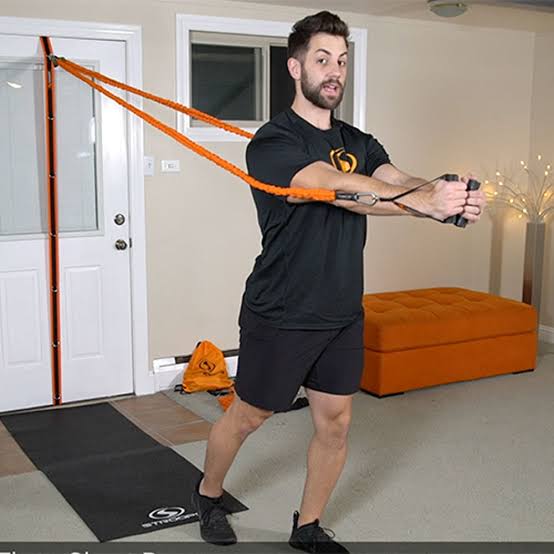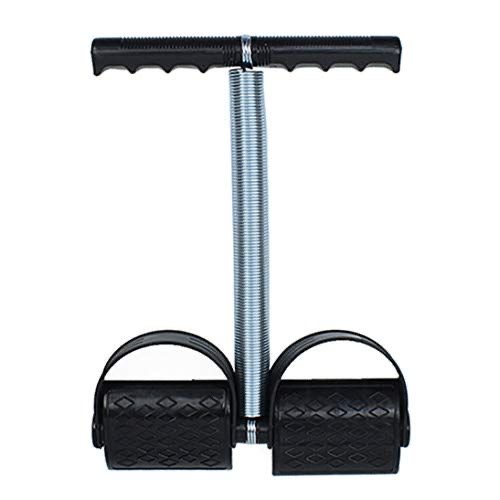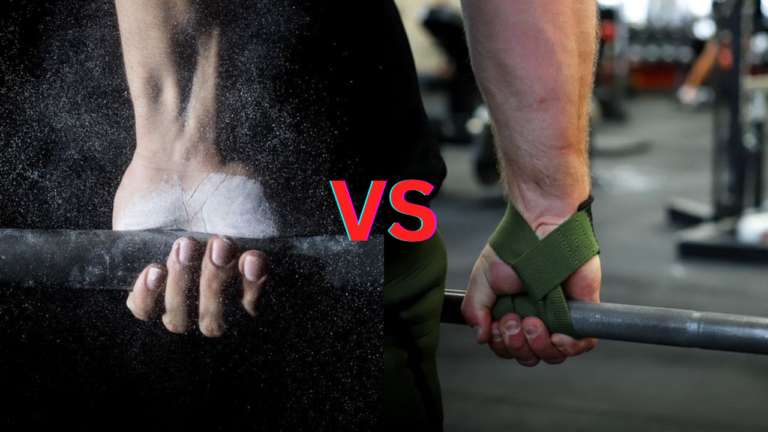5 Myths About Foam Rolling

Myth 1: Foam Rolling Is Just for Athletes
When I first started my fitness journey, I thought foam rolling was just for hardcore athletes or gym rats. It seemed like something I didn’t need as a casual gym-goer. But after a few intense workouts, I realized I was constantly sore and tight. I decided to give foam rolling a try, and I was amazed at how much it helped—not just for recovery but also for my overall flexibility. Foam rolling can benefit anyone, whether you’re a weekend warrior or someone who sits at a desk all day. It’s about helping your body feel better, regardless of your fitness level.
Myth 2: Foam Rolling Is Painful and Not Worth It
I’ll admit, my first experience with foam rolling was a bit painful. I rolled over tight spots, and it felt like a rollercoaster of discomfort. But over time, I learned that discomfort doesn’t mean you’re doing it wrong. It should feel like a release, not torture. I found that the more I rolled, the more I got used to the sensation. Now, I actually look forward to my foam rolling sessions because I know how good it feels afterward. It’s all about finding that sweet spot where the pressure feels relieving rather than excruciating.
Myth 3: Foam Rolling Is Just a Fad
At one point, I thought foam rolling was just another fitness trend that would fade away. However, I began to see more and more trainers and fitness enthusiasts talking about its benefits. When I did a little research, I found plenty of evidence supporting its effectiveness in enhancing recovery and reducing muscle soreness. I can personally vouch for this—since incorporating foam rolling into my routine, I’ve noticed a significant decrease in soreness after workouts. It’s clear that foam rolling is here to stay, and for good reason.
Myth 4: Foam Rolling Replaces Stretching
I used to think that foam rolling could replace stretching entirely. However, I soon realized that they serve different purposes. Foam rolling helps to release tension and improve blood flow, while stretching increases flexibility and range of motion. I’ve found that doing both in my warm-up and cool-down routines creates the best results. Now, I roll out my muscles before stretching, and I feel much more prepared for my workouts. It’s a one-two punch for flexibility and recovery!
Myth 5: Foam Rolling Is Only Effective for Muscle Recovery
Initially, I only used foam rolling after workouts, thinking that was its main purpose. But I discovered that using it before exercising can also be incredibly beneficial. Foam rolling as part of my warm-up routine has improved my performance by helping to increase blood flow to my muscles and reduce the risk of injury. Now, I make it a habit to roll out before I hit the gym, and I feel ready to tackle my workouts without any hesitation.
Conclusion
Foam rolling has truly transformed my approach to fitness. By debunking these myths, I hope you can see that it’s not just for athletes, and it shouldn’t be painful or a passing trend. Instead, it’s a versatile tool that can benefit anyone looking to enhance their recovery and improve their overall muscle health. If you haven’t tried foam rolling yet, I highly encourage you to give it a shot—it might just become a vital part of your routine!





